November 7, 2022
Blog: Koenigsegg CCR coming to Calgary
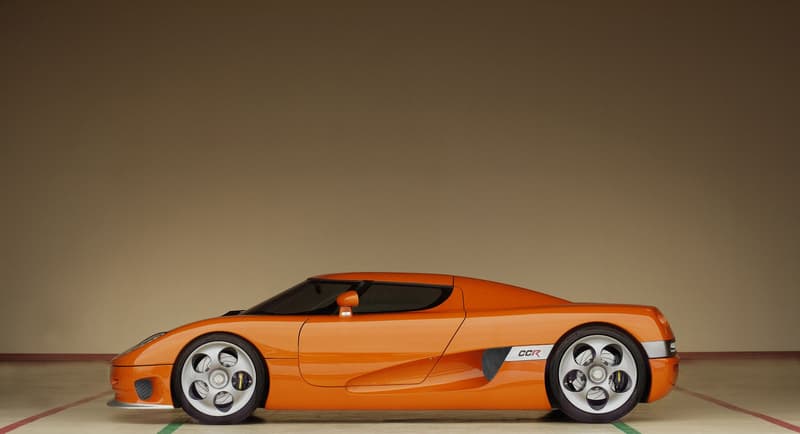
It's that time of year in Canada, when most hypercars and hypercar watchers head into hibernation. This year, however, the deep sleep of winter might be disrupted by a certain Lava Orange spectacle expected to make an appearance. This is such a hot car, perhaps it could keep old man winter away indefinitely. One can only dream.
Throughout most of Canada, the hypercar season is desperately short. Maybe that's what makes spotting one of these rare birds so special, especially in the snowy wind blown prairies, where for a substantial portion of the year, you couldn't cover any ground in a hypercar, unless you envision becoming a hypercar snow-plow.
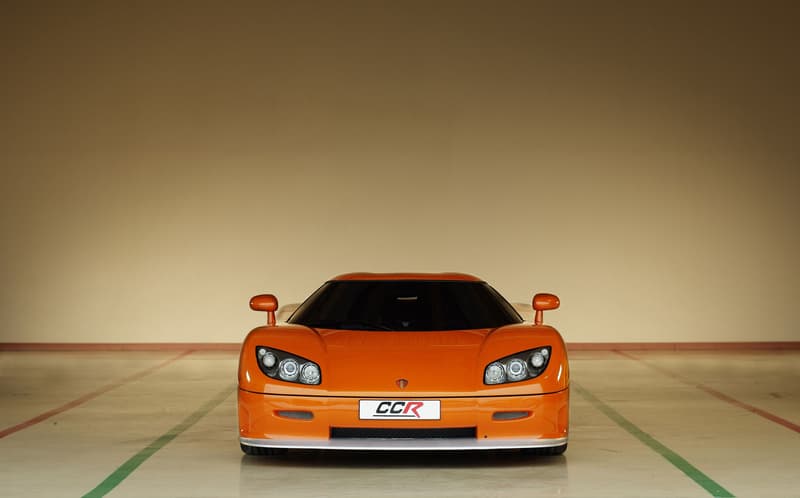
When making its debut at the 2004 Geneva Auto Show, the Koenigsegg CCR was only the second production model in the Swedish automakers lineup. The CC series (short for Competition Coupe) was a timeless design minted near the dawn of the millennium, so sleek and innovative it almost looks as though it could have rolled off the press today.
A carbon fibre monocoque is sandwiched between a steel front and aluminium rear subframe. A removable roof is stowable in the front compartment. The clean lines result in a slick drag coefficient of .297. It has dihedral synchro-helix actuation doors, a purely Koenigsegg invention where the doors rotate 90 degrees, sweeping outwards and upwards from the hinge. It has a pronounced carbon fibre front splitter and deeply recessed side air apertures, increasing the amount of air pressure applied to the intercooler and oil cooler.
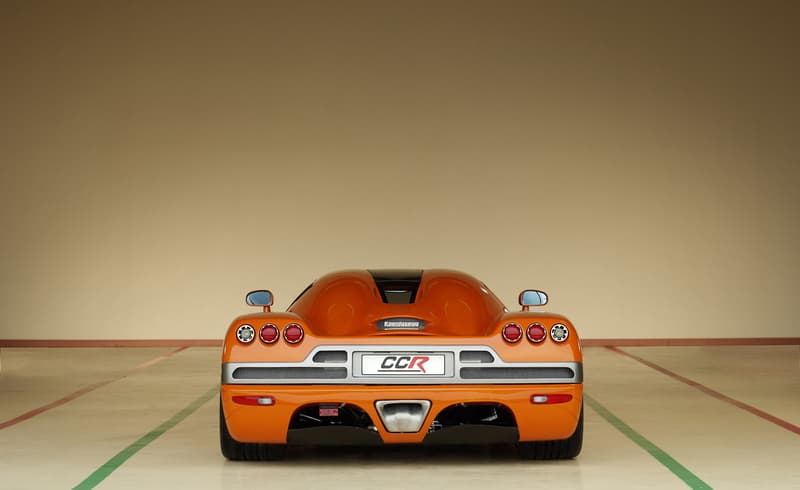
The car is only 42 inches tall, which makes it one of the shortest of all the hypercars, including profound shorties such as the Ford GT, the Ferrari SF90 Spider, the McLaren 720S, and the Lamborghini Aventador.
Being almost entirely constructed of lightweight carbon fibre and reinforced with Kevlar and honeycomb aluminium, the Koenigsegg CCR has a curb weight of just 1,230 kg (2,712 lb). Massive Michelin Pilot Sport 2’s wrap 19 inch 255/35’s in the front and 20 inch 335/30’s in the rear. The brakes use a floating mount 6-pot calliper over steel alloy vented discs sourced from AP-Racing, measuring 14 inches front and rear.
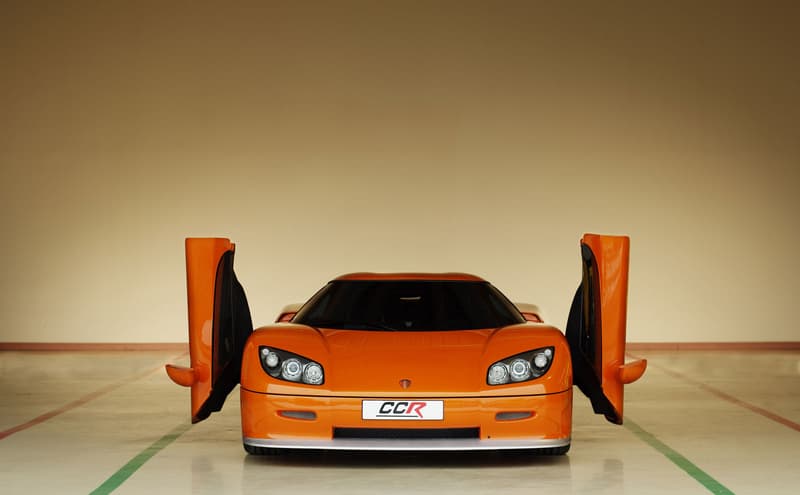
The Koenigsegg V8 is constructed from a Ford Racing aluminium block with Koenigsegg manufactured components. The mid-mounted engine features 4 valves per cylinder, dual overhead cams, multi-point fuel injection, dry sump lubrication, and has a 4.7-liter displacement. A Lysholm twin screw compressor can spool up to a whopping 19 PSI through a carbon fibre intake plenum. A Formula 1 inspired cylindrical throttle was developed in order to harness the high boost pressure while keeping the twin Rotrex supercharger’s whine to acceptable decibel levels for the road. Peak torque of 679 lb-ft is delivered at 5700 rpm, with a 7,600 redline. The exact performance numbers vary throughout the production run, but a comfortable ballpark is zero-to-100km/hr in 3.4 seconds and a quarter mile under 10 seconds. The 6 speed manual gearbox is a custom built unit from Cima with an integrated oil pump and cooler, attached to a 215mm AP Racing Clutch. The exhaust is constructed from titanium, giving the system the strength of steel and the lightness of aluminium, making it essentially impervious to extreme heat, and providing a dazzling multi-colour sheen to the exhaust tips. While the titanium exhaust is custom-made for Koenigsegg in Sweden, the pushrod-operated adjustable racing shocks come custom designed from VPS Italy with the help of world renowned motorist Loris Biccochi.
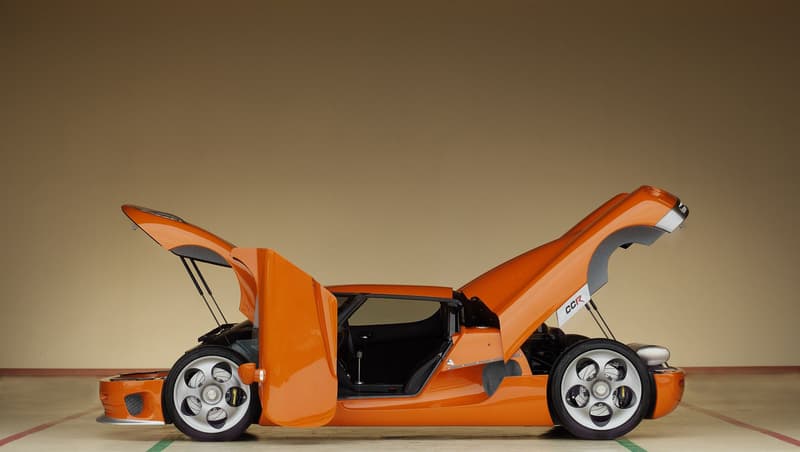
Koenigsegg automobiles are hand-built in the South of Sweden. The manufacturing facility was previously occupied by the Swedish Air Force for Sweden’s Squadron No. 1 Fighter Jets. This legendary squadron were apt to leave the hangar before dawn, and return after dusk, in the cover of dark and thus rarely seen, earning them the nickname of “ghosts,” and prompting them to adorn their jets with the symbol of a white ghost in flight. Koenigsegg now places the same symbol beneath the rear window on the CCR in homage to Squadron No. 1.
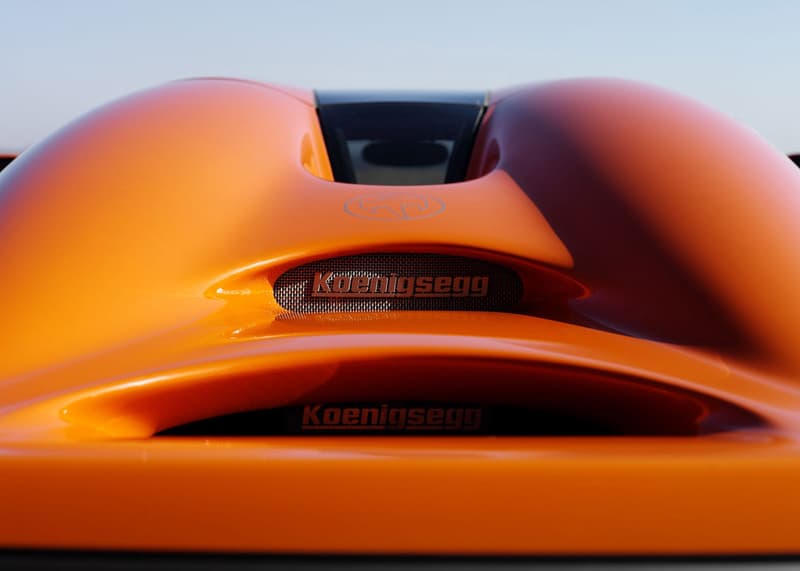
The CCR is the third model from the Swedish manufacturer. It all began with the first and only CC prototype in 1994, which went on to become the CC8S as the first production model from 2002 to 2004 with only eight examples built. The CC8S marked the first appearance of their trademark dihedral synchro-helix actuation doors. The CCR picked up where the CC8S left off with improvements to the engine, chassis, and body. These cars being produced in such limited quantities not only adds to their desirability, but distinguishes them as hypercars as opposed to supercars.
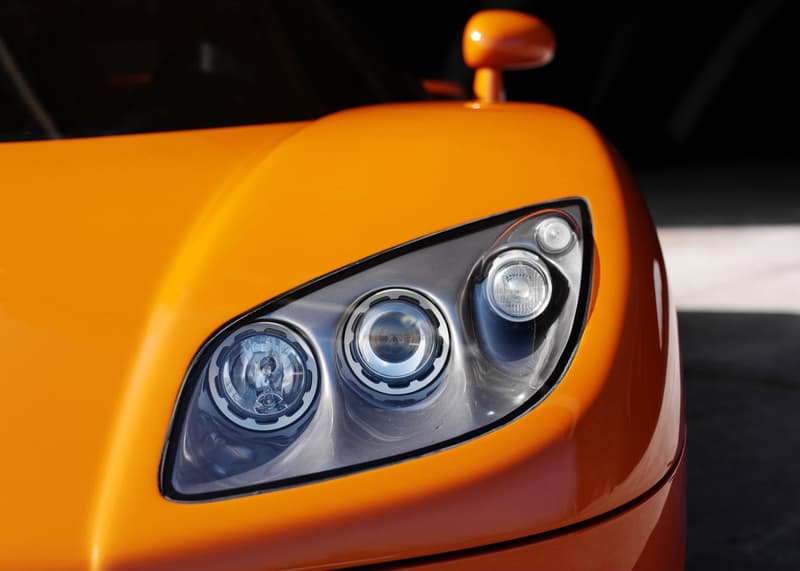
In 2005, the CCR broke the Guinness World record for the fastest production car ever built, with an official top speed of 387.9 km/hr at the Nardò test track in Italy’s southern Apulia region (located on the inside of heel of “the boot”). This surpassed the 386.7 km/hr top speed record that had been held by the McLaren F1 (with their XP5 prototype) for the previous eight years. The record was held for two months, before being eclipsed by a Bugatti Veyron prototype at 408.5 km/h. Loris Bicocchi drove the CCR to the record pace with an unmodified car, using standard fuel, road tires, factory suspension in standard configuration, with all stock gearbox, clutch, brakes and supercharger boost. The only changes from stock configuration were a roll cage and fire extinguisher. The Nardò Ring is a circular track with a distance of 12.5 km which meant the CCR held a 30 degree steering angle for the duration of the run, making this record all the more impressive. Perhaps on a straight line the car is capable of its theoretical top speed of 395 km/h.
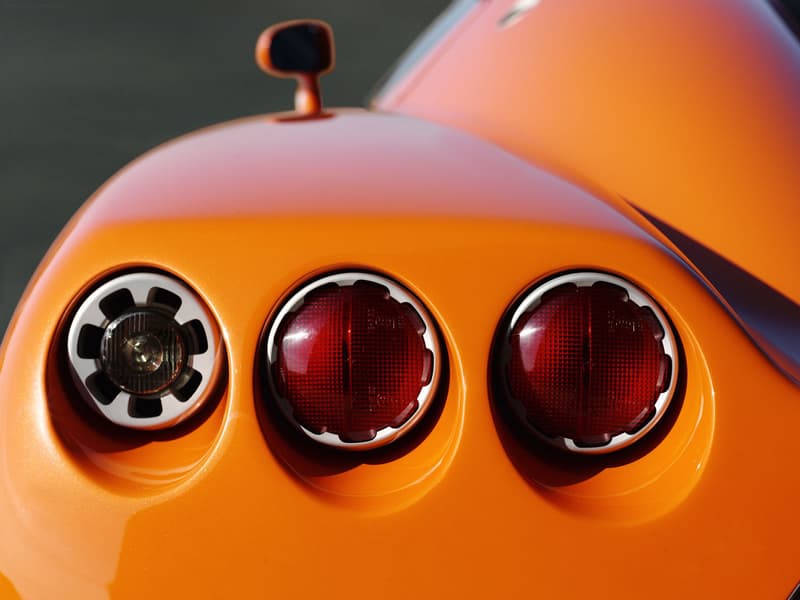
Supercar collector and Calgary local with the instagram handle @epicwin_f50 is set to take delivery of Koenigsegg’s record breaking CCR soon. It is said that it will be the first CCR in North America, and the earliest production one at that. This particular car made its debut in Moscow, Russia at the Ultimate Collection Of Automotive Excellence Super Car & Bike show on April 27, 2005. It was also reported that this car was used to optimise the CCR powertrain to run on 91 octane fuel to comply with international standards.



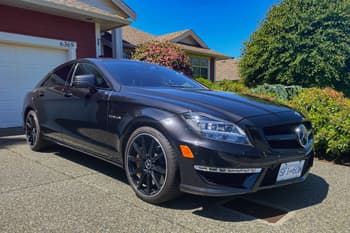
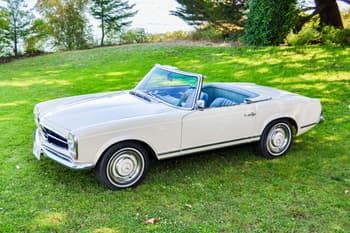
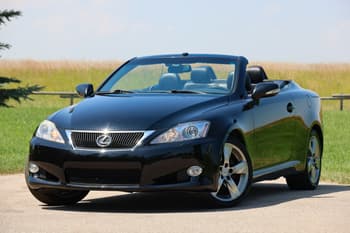
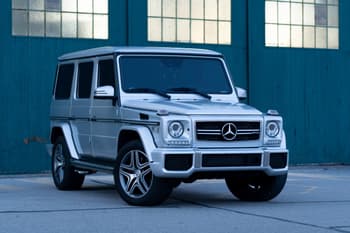
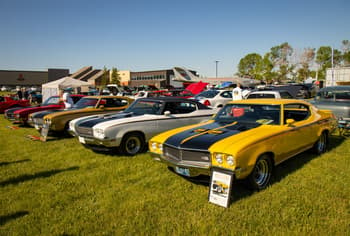


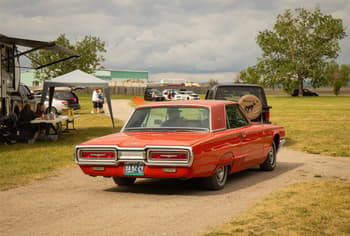

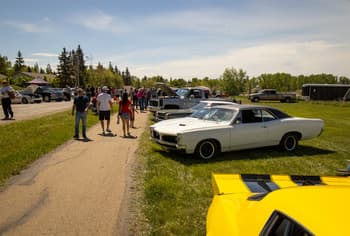
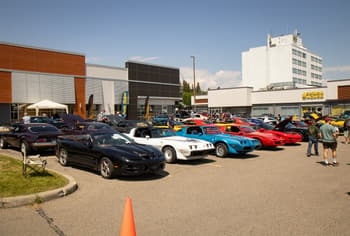
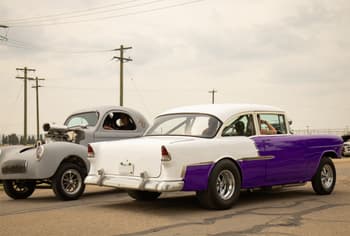
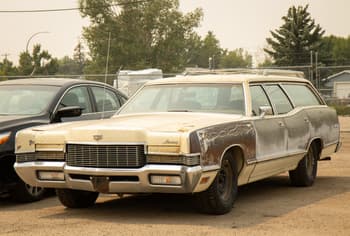


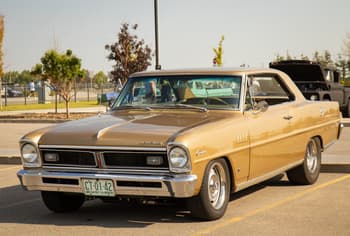

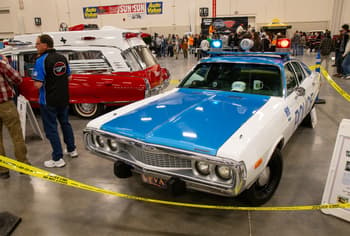

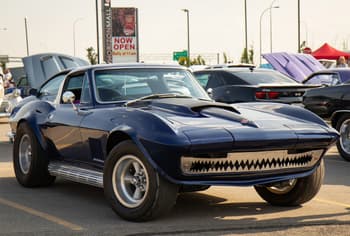
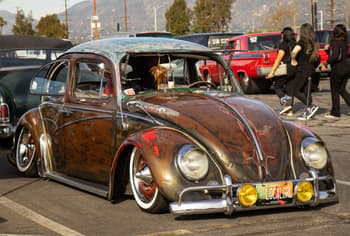
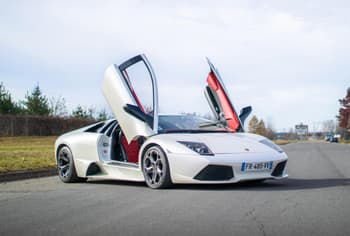
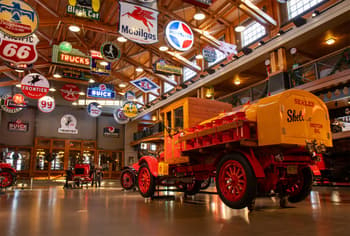
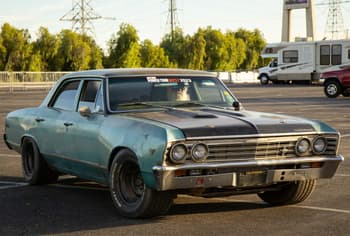

 Back to Login page
Back to Login page